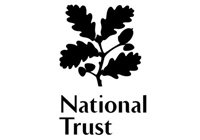- Home
- Castle Ruins
- Castle Ruins in Scotland
Castle Ruins in Scotland
There is something mysterious about castle ruins. Maybe because they were a symbol of power once and now stand neglected in the hands of time and nature.
Wherever you are in Scotland, a castle is never far way and they rank amongst the most beautiful and awe inspiring in the world, even if a lot of them are a shadow of their former glory.
DUNNOTNAR CASTLE
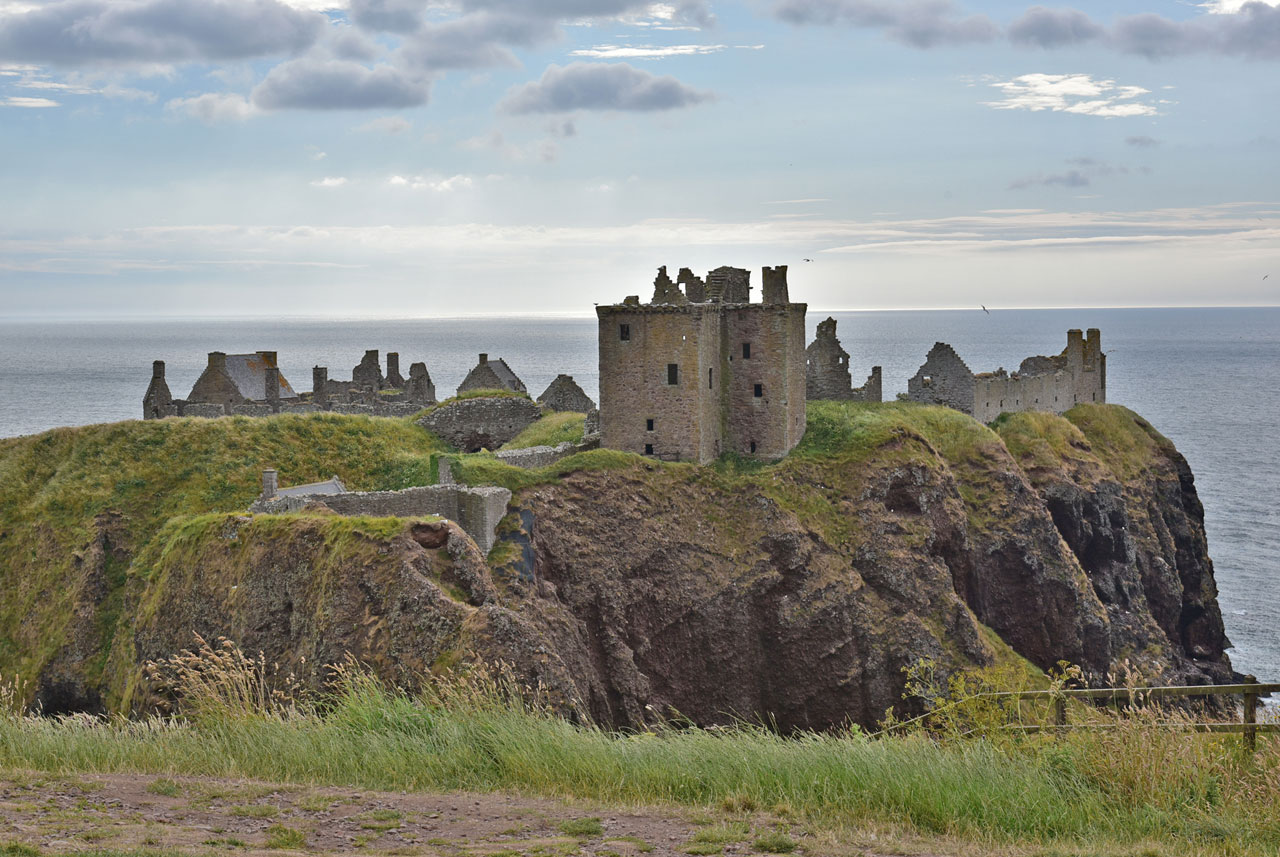
The amazing ruined fortress of Dunnottar covers an area of nearly three acres. The great tower or keep was built in 1392 by Sir William Keith, Great Marischal of Scotland. According to records an older fortress must have stood on the same site previously, because records mention that it was taken from the English by William Wallace in 1296.
Dunnottar Castle is well known as the place where the Honours of Scotland, the Scottish crown jewels, were hidden from Oliver Cromwell's invading army in the 17th century. A small garrison held out against the might of Cromwell's army for eight months and saved the Crown Jewels from destruction.
The caste is perched on a striking headland, surrounded by almost sheer cliffs on three sides, overlooking the North Sea.
Location: Stonehaven, Aberdeenshire
Official website: Dunnottar Castle
EILEAN DONAN CASTLE
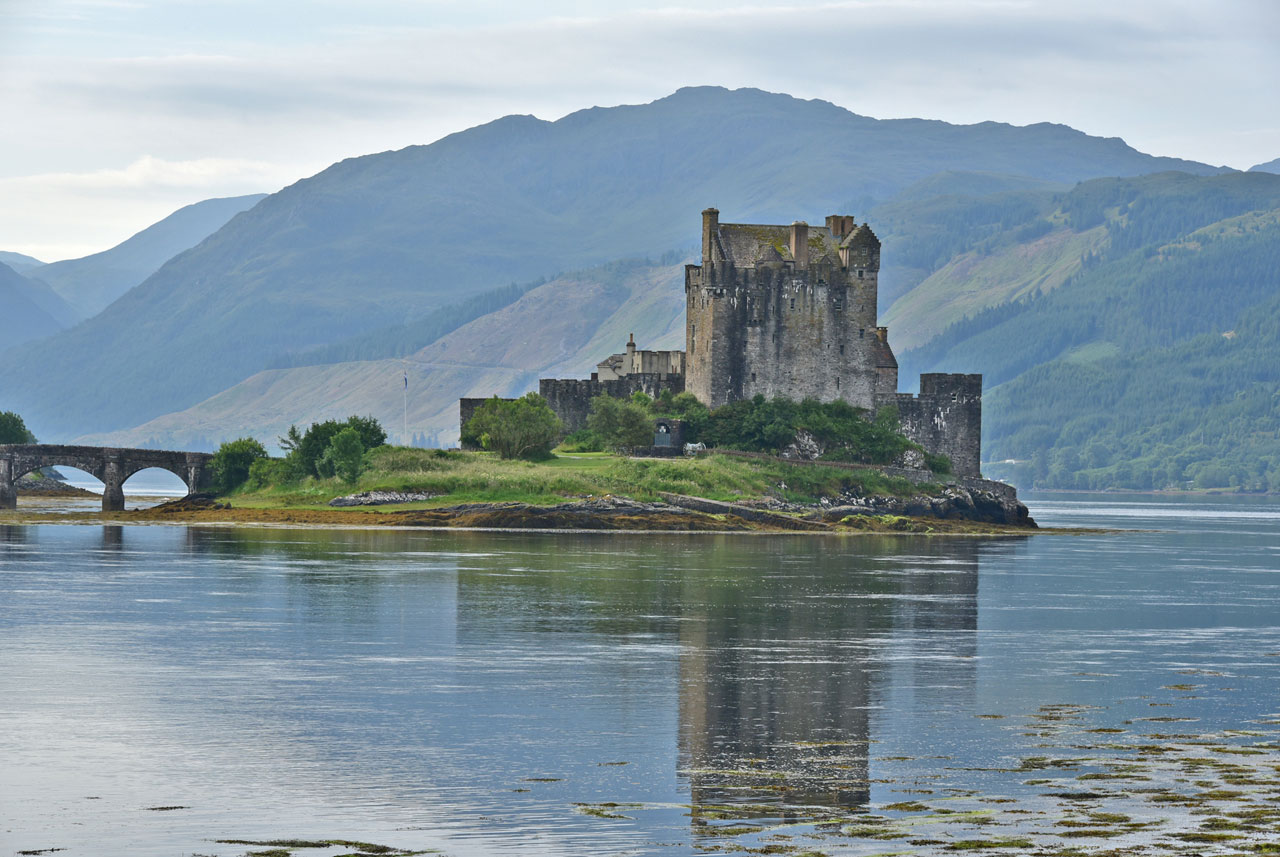
At the meeting of the three lochs, Duich, Alsh and Long, stands possibly the most picturesque and certainly one of the most photographed of all Scottisch castles, Eilean Donan.The island and castle are named after Donan, a 7th century Irish priest who came to the west coast of Scotland to try to convert the pagan inhabitants to Christianity. He was killed on the nearby island of Eigg in 617 AD.
The castle as we know it today was not constructed until 1220 when King Alexander II of Scotland needed a deterrent against the Danish and Norse raiders. Thereafter it passed into the hands of the McRaes, the hereditary Constables of the MacKenzies of Kintail, later to become the Earls of Seaforth.
Eilean Donan Castle stood firm and strong for five hundred years until, in 1719, it was pounded to pieces by a British warship.The Jacobites, attempting another rebellion against the Hanoverians, occupied the castle when blown off course en route from Spain to Inverness. Three hundred Spanish troops and a party of rebel Highlanders garrisoned themselves at Eilean Donan until bombarded into submission by HMS Worcester.
The castle then lay in ruins until 1912 when Colonel John MacRae, a direct descendant of the last Constable, began the restoration of Eilean Donan Castle. Faithfully following the original design, Colonel MacRae has created a fitting memorial to his clan and ancestors.
Location: Dornie by Kyle of Lochalsh IV40 8DX
Official website: Eilean Donan Castle
SLAINS CASTLE
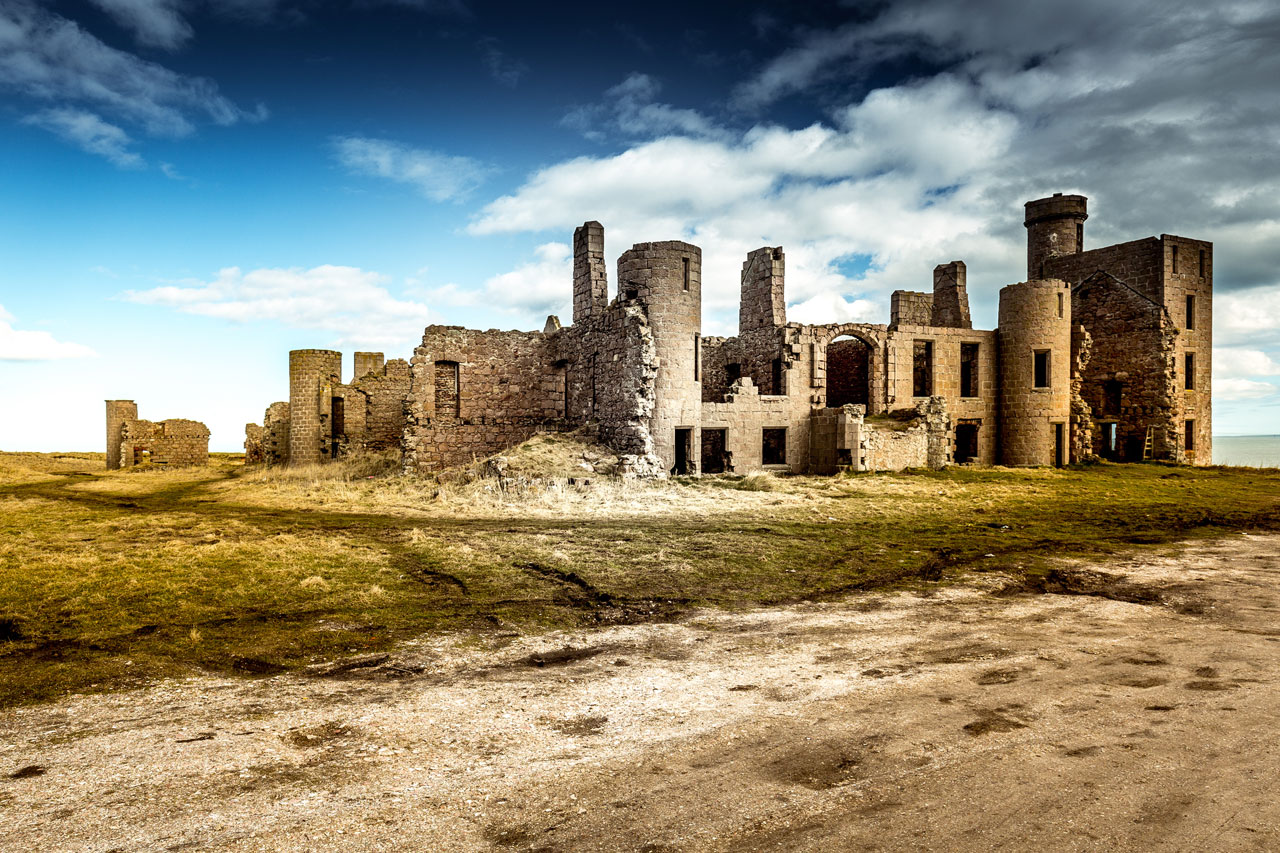
This spectacular ruin on top of sea-facing cliffs in Aberdeenshire is comparatively modern, first built at the end of the 16th century to replace Old castle Slains and three times rebuilt before it was finally abandoned.
The old castle had been blown up by King James VI after the Earls of Erroll Rebellion in 1594 and the new castle was built by Francis, 9th Earl of Erroll when he returned to Scotland after three years of exile.
The castle is famous for many reasons, partly becaue it was a place where celebrities were entertained on many occasions in the 19th century. Slains Castle is also said to be the inspiration for the novel Dracula by Bram Stoker, Dracula's author. In 1925 the Castle was abandoned and the roof was removed to avoid paying taxes. Sadly Slains Castle has been deteriorating ever since.
Location: Cruden Bay, Peterhead, AB42 0NE, Aberdeenshire
Official website: Slains Castle
TANTALLON CASTLE
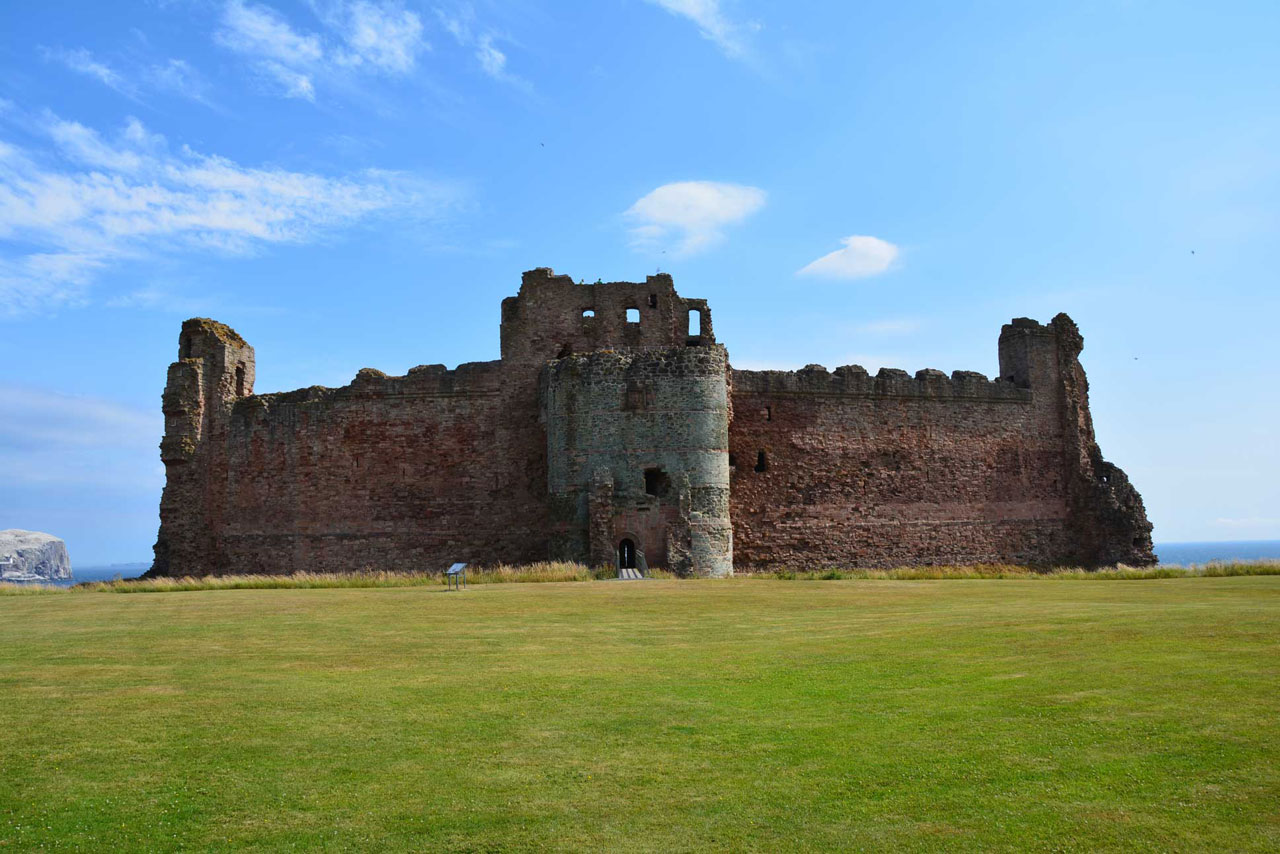
Tantallon Castle is a fantastic clifftop castle, situated at the edge of a promontory, with amazing views over the North Sea to the Bass Rock. This mighty fortress was the stronghold of the 'Red Douglases', Earls of Angus, until Cromwell's attack in 1651, which left only the massive curtain wall intact.
The castle was built around 1350 by William Douglas, 1st Earl of Douglas. He was a nobleman at the height of his power who came into possession of large estates including the barony of North Berwick. In the 1380s the House of Douglas split into two branches, known as the 'Black' and the 'Red'. The 'Red' Douglases, as the Angus line was known, continued to hold Tantallon Castle until the late 17th century.
Tantallon saw several significant historical events. It was besieged by James IV in 1491, James V in 1528 and Oliver Cromwell in 1651. Cromwell's army caused such destruction that the medieval fortress was abandoned after this last attack. In 1699, James Douglass, the 12th Earl of Angus, incurred heavy debts due to his gambling addiction and was forced to sell Tantallon Castle. Sir Hew Dalrymple, who also owned the Barony of North Berwick and several nearby properties, purchased the estate, ending the Douglas family’s long history of residence at Tantallon Castle.
Today, the castle is in the care of Historic Environment Scotland. It is certainly one of the most enjoyable and intriguing castles to visit in the country.
Location: Near North Berwick, East Lothian, EH39 5PN
Official Website: Tantallon Castle
URQUHART CASTLE
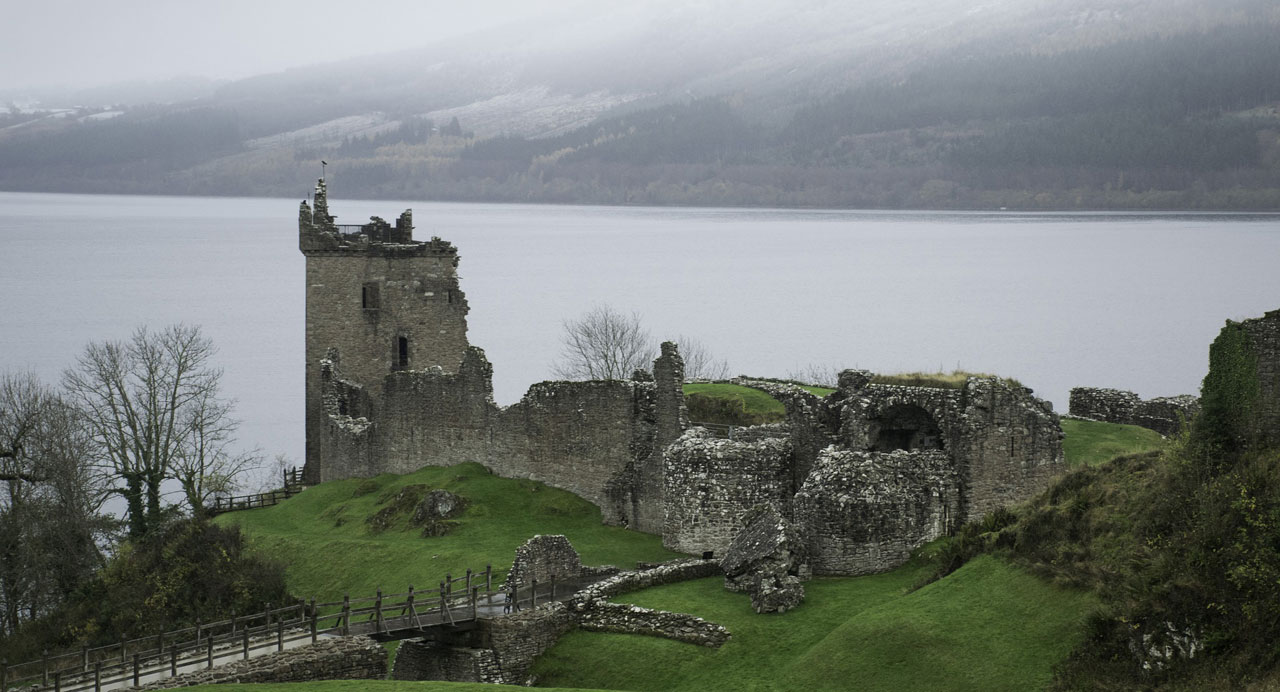
You will find Urquhar Castle on the shore of Loch Ness. It was once Scotland's largest castle and during its 500 years as a medieval fortress the castle went through very dramatic times. In 1230 the Durward family arrived and construction at Urquhart started. It became one of Scotlands most important castles and changed hands several times during the Wars of Independence.In 1308 Robert the Bruce claimed it back for Scotland.
In 1509 the Grant Clan was granted the castle but Urquhart Castle was abandoned during the 17th century and was later deliberately damaged in a strategy to prevent the Jacobites claiming the castle as their own. Urquhart Castleis now under ownership of Historic Scotland. It has a visitor centre and car parks and when you are there head over to the Grant Tower first, it is the best preserved part of the castle.
Location: Inverness IV63 6XJ
Official Website: Urquhart Castle
